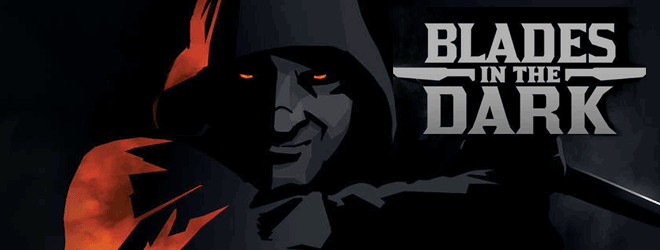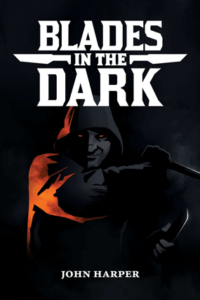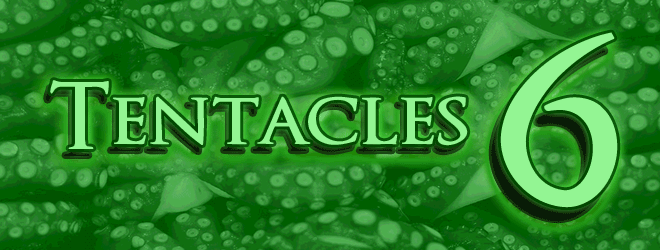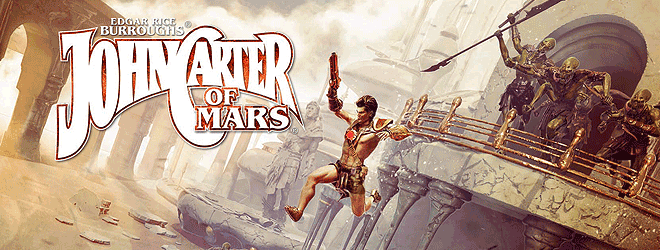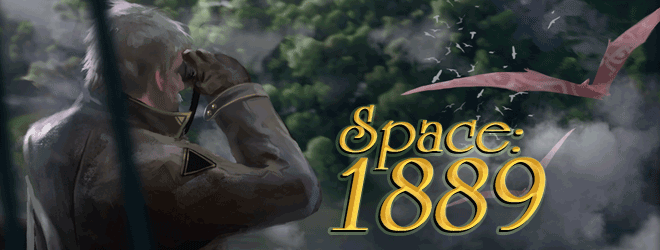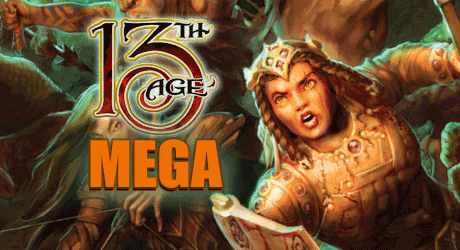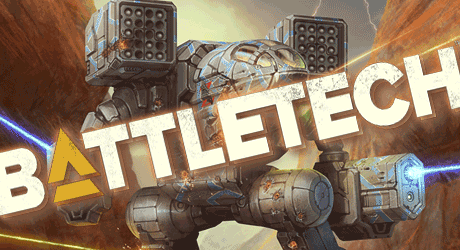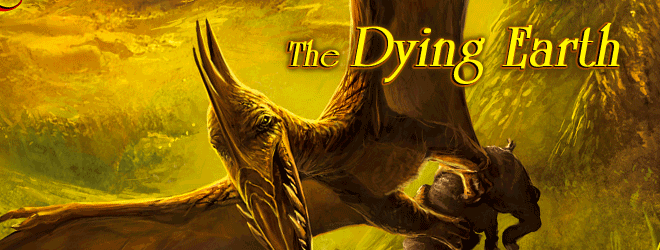In January 2021 we triggered an Action Roll on the Blades in the Dark Bundle featuring Blades in the Dark from One Seven Design Studio, along with many Forged in the Dark standalone spinoff games based on the Forged System Reference Document. Strongly funded in a March 2015 Kickstarter campaign, Blades is one of the most acclaimed and influential RPGs of the past decade. Blades designer John Harper (Agon, Lady Blackbird) fine-tunes the Apocalypse Engine system, adding rules for progress clocks, stress, and Devil’s Bargains that ensure fast play and suspenseful choices.
Harper introduced elements of the Blades in the Dark setting in his free four-page RPG Ghost Lines (2012). When a wizard broke the Gates of Death in a cataclysm eight centuries ago, the Sun died, the world shattered, and legions of vengeful ghosts assaulted the living. The Immortal Emperor united the surviving enclaves, connecting them with electro-railroad ghost lines. On the foggy north coast of Akoros, the industrial city of Doskvol (AKA Duskwall) survived by encircling the city with lightning towers that keep the deathlands at bay. To power these crackling barriers, hunters in titanic metal ships venture onto the Void Sea to extract electroplasmic blood from demonic leviathans.
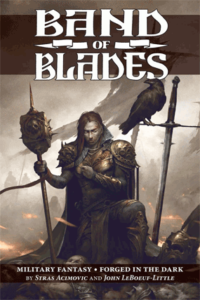 So: You’re in a haunted night-shrouded Victorian-era city trapped inside a wall of lightning powered by demon blood. Now what? In this broken world you play broken people. Your crew of daring scoundrels pulls heists and settles scores to rise through the underworld hierarchy. It’s a pressure-cooker, where every move you make reveals a new enemy. There are heists, chases, escapes, dangerous bargains, bloody skirmishes, deceptions, betrayals, victories, and deaths. Play to find out if your fledgling crew can rise to power despite rival gangs, powerful noble families, vengeful ghosts, the Bluecoats of the City Watch, and the siren song of your own vices.
So: You’re in a haunted night-shrouded Victorian-era city trapped inside a wall of lightning powered by demon blood. Now what? In this broken world you play broken people. Your crew of daring scoundrels pulls heists and settles scores to rise through the underworld hierarchy. It’s a pressure-cooker, where every move you make reveals a new enemy. There are heists, chases, escapes, dangerous bargains, bloody skirmishes, deceptions, betrayals, victories, and deaths. Play to find out if your fledgling crew can rise to power despite rival gangs, powerful noble families, vengeful ghosts, the Bluecoats of the City Watch, and the siren song of your own vices.
As Ben Riggs explained in his June 2018 Geek & Sundry review, “This is the engine that makes Blades an addicting, captivating, and deeply engaging game. Players are encouraged to take risks and get criminally crazy with their character while committing serious felonies, and spend Stress to have a better chance of succeeding in, say, straight-up lying in the face of a vampire. That Stress has to be blown off by engaging in your Vice. It’s almost inevitable characters are going to get 9 stress and a Trauma. But Traumas, instead of putting your character at a disadvantage and making them less fun to play, actually represent a chance to get more experience by properly roleplaying a crook who might be the best cutpurse in Duskwall, but is thoroughly broken inside.”
Better still, Blades is a dream to run for the gamemaster. You ask the players leading questions (“What security features do you see?”), then build on their answers, distributing the narrative to everyone. World-building is improvisational, taking off from quicklists of Doskvol factions characterized in terse bullet points. And planning a heist, often a drag in other games, is fast and easy: Choose a detail, decide a starting position, and go, explaining all the preparation on the fly through flashbacks. The fun in Blades is distilled and pure.
“For a game published just last year,” Riggs wrote in 2018, “Blades has had a stunning influence on the RPG hobby as a whole. To see one game spawn so many others in such a short period of time, one might have to go back to the bell-bottomed days of 1974 to look at the way the very first edition of Dungeons & Dragons birthed games like Tunnels & Trolls and Empire of the Petal Throne. And given that influence, Blades may be more than just a great game. It may be a glimpse into the future of our hobby.”
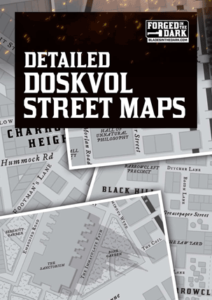 This comprehensive offer provided everything you need for a complete campaign in Doskvol — or the Weird West — or a post-apocalyptic wasteland — or the fringes of space. There were four titles in our Core Collection (retail value $44) as DRM-free .PDF ebooks, including the complete Blades in the Dark core rulebook (previously in our November 2019 Indie Cornucopia 7), the Duskwall Heist Deck for fast job creation, the incredibly detailed Doskvol Street Maps, and the creative Alone in the Dark – Solo Rules.
This comprehensive offer provided everything you need for a complete campaign in Doskvol — or the Weird West — or a post-apocalyptic wasteland — or the fringes of space. There were four titles in our Core Collection (retail value $44) as DRM-free .PDF ebooks, including the complete Blades in the Dark core rulebook (previously in our November 2019 Indie Cornucopia 7), the Duskwall Heist Deck for fast job creation, the incredibly detailed Doskvol Street Maps, and the creative Alone in the Dark – Solo Rules.
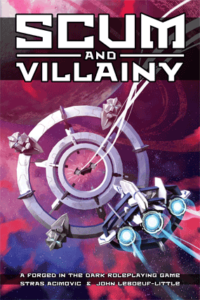 Those who paid more than the threshold (average) price also got our entire Settings Collection with five more standalone games worth an additional $77, including Band of Blades (dark military fantasy a la Glen Cook’s Black Company), Scum and Villainy (making ends meet in the Galactic Hegemony), Hack the Planet (climate-change cyberpunk dystopia), A Fistful of Darkness (the Weird West), and Glow in the Dark (post-apocalypse).
Those who paid more than the threshold (average) price also got our entire Settings Collection with five more standalone games worth an additional $77, including Band of Blades (dark military fantasy a la Glen Cook’s Black Company), Scum and Villainy (making ends meet in the Galactic Hegemony), Hack the Planet (climate-change cyberpunk dystopia), A Fistful of Darkness (the Weird West), and Glow in the Dark (post-apocalypse).
Ten percent of each payment (after gateway fees) went to this Blades in the Dark offer’s pandemic-related charity, Direct Relief. Direct Relief gets protective gear and critical care medications to health workers, with emergency deliveries to medical facilities across the US and to regional response agencies across the world.
Blades/Forged in the Dark resources
- The Blades in the Dark website, its free downloads page, its long list of fan creations, and the Forged in the Dark license
- The Reddit Blades subreddit and its list of all Forged in the Dark games
- A sophisticated post-Actual Play analysis: “Band of Blades and Recompiling Code” (Paul Beakley, Indie Game Reading Club)
- In 2017-18 on his blog The Walking Mind, Rob Donoghue of Evil Hat Productions analyzed Blades to a depth few recent RPGs have enjoyed (or endured). The Walking Mind Blades category lists nearly two dozen lengthy posts, newest-to-oldest; start with his introductory May 2017 post.
